Protecting Your Stainless Steel from Fingertips
Posted on 04/11/2015
How to Clean the Stainless Steel Properly?
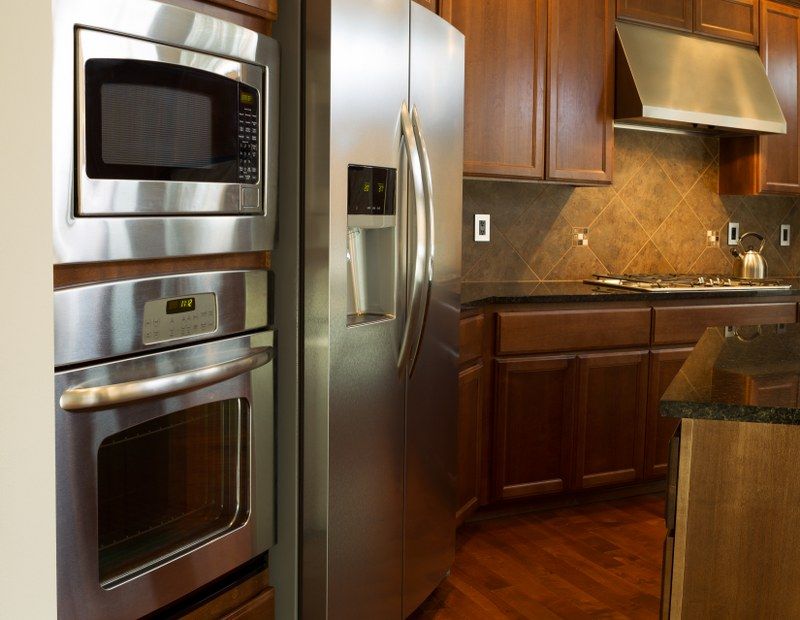
Your kitchen dream came true. Stainless steel invaded your home and covered up your fridge and oven and microwave oven. Stainless steel utensils are huddled in your drawers and the same material shines bright from your countertops and sink. You probably cannot be happier about the state of your kitchen, now full of steel and lustre. However, after a few days, once you enter the same room, there will be a remarkable difference. The gleam will be gone, replaced with a dim parody of itself, barely any light will be reflected from the smooth surfaces which, worst of all, are now looking horrid, having acquired a multitude of fingerprints all over themselves.
Fingerprints are the bane of stainless steel. It might look great and it might be durable, but it soaks up fingerprints like a magnet. One touch immediately leaves an imprint, which, depending on the force applied and cleanliness of your hand, can leave a whole hand mark that will completely ruin the view of your fridge. So how do you deal with that? How do you clean the stainless steel properly and protect it from the nasty fingerprint marks that haunt them?
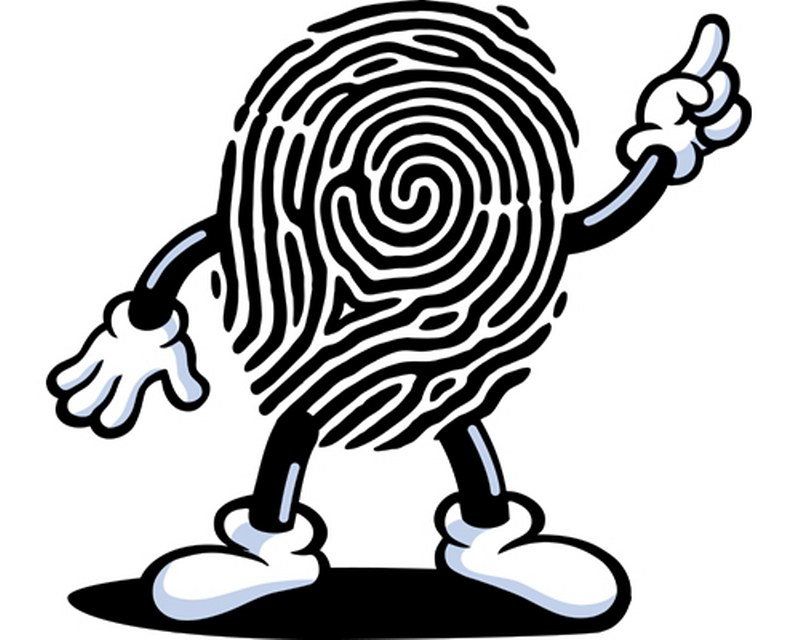
Cleaning Fingerprints
Let’s focus on removing them first. Actually, removing the fingerprints without making smudges and leaving the surface of your stainless steel objects gleaming like new is quite simple and can be done in a number of ways:
• Use soda water. Scrub, wipe off, you are done.
• Use white vinegar and a damp cloth. Scrub, wipe off, done.
• Use soap and water, and then apply furniture polish. Scrub, wipe... okay, you get the picture.
• Use a soft cloth and olive oil or baby oil. You would be amazed at how well they work for steel surfaces.
• Use lemon juice. This is a double whammy as it both cleans and disinfects the surfaces.
• Use a streak free glass cleaner. It works with shining windows, so why not here as well.
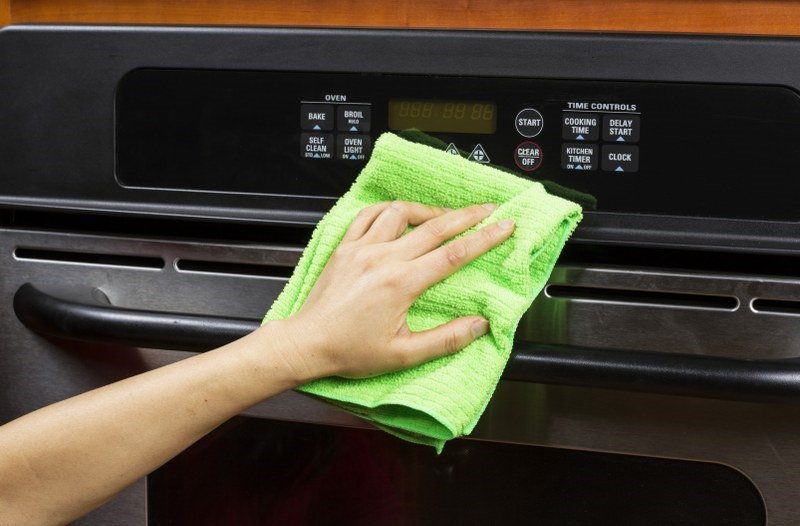
Protecting from Fingerprints
This is the more difficult part as a ‘Don’t Touch’ sign simply won’t do. Each touch can leave a mark, so you practically need something to protect the surface from the moist and grease on your hands. One recommended component in this activity is the application of mineral oil. With mineral oil you can create a light coating that barely changes the view of your appliances, but adds a layer of sturdier minerals which protect from touches. Of course, that does not mean making fat layers as this way you can create a surface that attracts dirt instead of fingerprints. It’s basically a pick your poison dilemma for oven cleaning, but it will have its uses for the rest of the home cleaning.
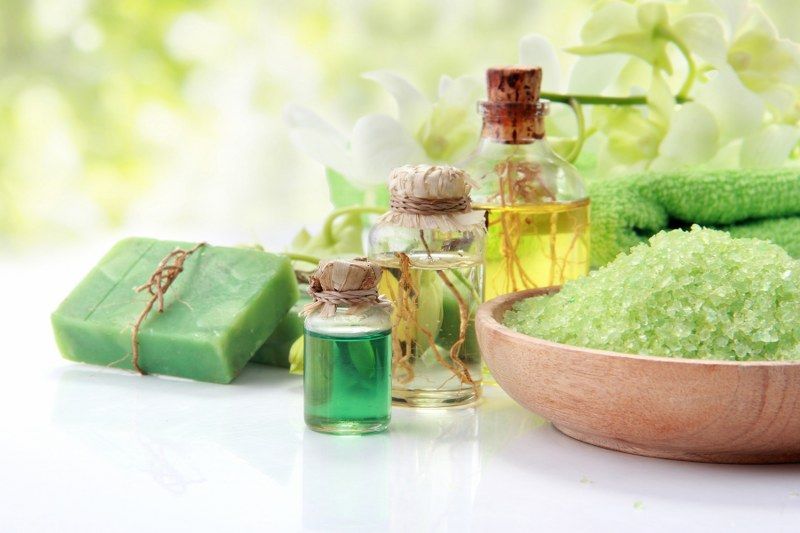
There are also aerosol stainless steel cleaners which, when applied, make fingerprints less visible and therefore, less annoying and disrupting your kitchen’s gleaming looks. They also provide a coating that somewhat helps with having less smudges on the surface, but the technology is still in the process of researching. There is still no 100% surefire way to protect the stainless steel surface. Another method you can apply is to look for finishes that hide smudges, but you might lose the exciting lustre that the appliance usually gives you.
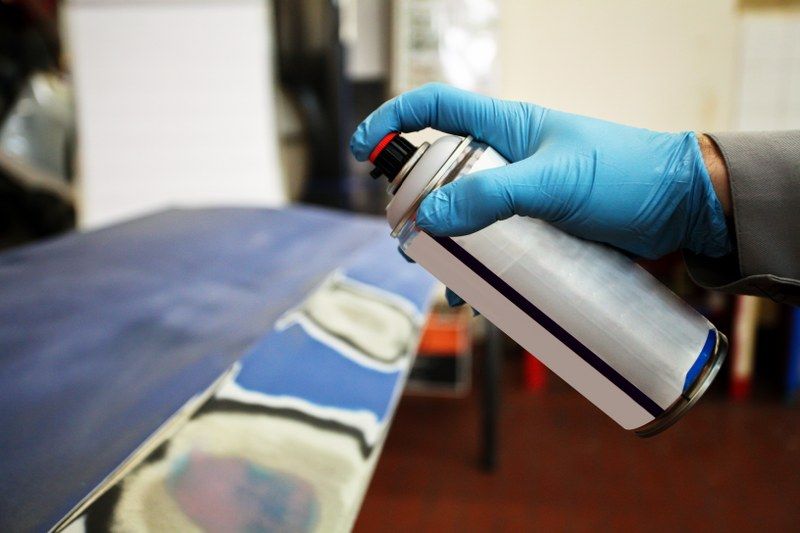
So next time you indulge yourself with home cleaning, don’t be too picky about the method you use on your stainless steel appliances. This is a material that requires frequent attention if you don’t try protective finishes and cleaners, but it ultimately only takes a few minutes a day to wipe it, is it really worth the extra mile?




